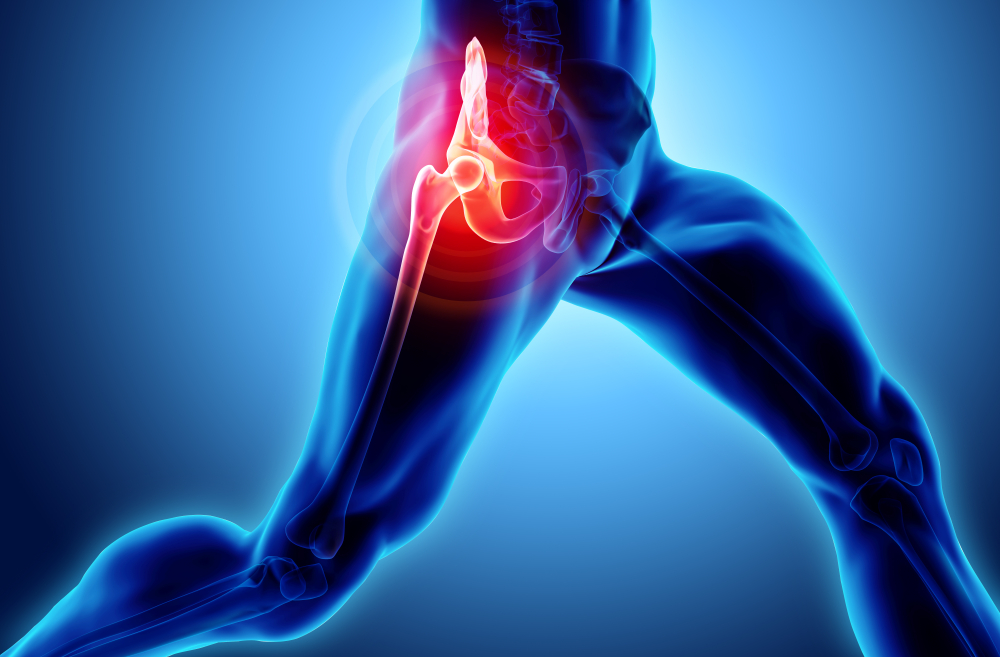Lead and homocysteine are both associated with cardiovascular disease and cognitive dysfunction. We evaluated the relations among blood lead, tibia lead, and homocysteine levels by cross-sectional analysis of data among subjects in the Baltimore Memory Study, a longitudinal study of 1,140 randomly selected residents in Baltimore, Maryland, who were 50–70 years of age. Tibia lead was measured by 109Cd K-shell X-ray fluorescence. The subject population had a mean ± SD age of 59.3 ± 5.9 years and was 66.0% female, 53.9% white, and 41.4% black or African American. Mean ± SD blood lead, tibia lead, and homocysteine levels were 3.5 ± 2.4 μg/dL, 18.9 ± 12.5 μg/g, and 10.0 ± 4.1 μmol/L, respectively. In unadjusted analysis, blood lead and homocysteine were moderately correlated (Pearson’s r = 0.27, p < 0.01).
After adjustment for age, sex, race/ethnicity, educational level, tobacco and alcohol consumption, and body mass index using multiple linear regression, results revealed that homocysteine levels increased 0.35 μmol/L per 1.0 μg/dL increase in blood lead (p < 0.01). The relations of blood lead with homocysteine levels did not differ in subgroups distinguished by age, sex, or race/ethnicity. Tibia lead was modestly correlated with blood lead (Pearson’s r = 0.12, p < 0.01) but was not associated with homocysteine levels. To our knowledge, these are the first data to reveal an association between blood lead and homocysteine. These results suggest that homocysteine could be a mechanism that underlies the effects of lead on the cardiovascular and central nervous systems, possibly offering new targets for intervention to prevent the long-term consequences of lead exposure.


